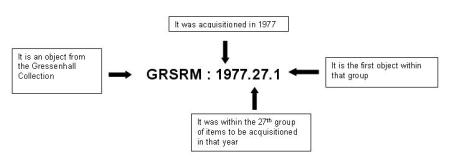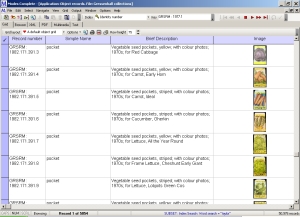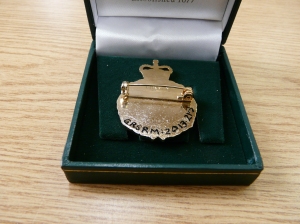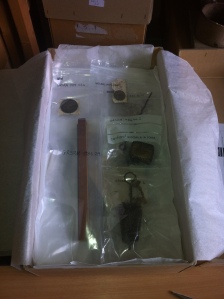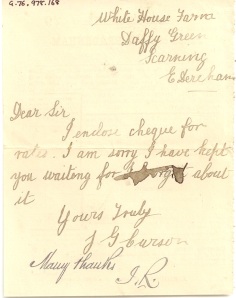Hi everyone! My name is Rebecca and I’m the new Heritage Learning Trainee here at Gressenhall.
Before coming to Gressenhall I had trained as a teacher and was volunteering in museums as I knew I wanted to work in Heritage Education. I am very lucky to be given the opportunity both to gain specialist training and to be working on such a lovely site (I am quite glad that our office is in the museum rather than on the farm, as I don’t think I’d get any work done with the temptation of piglets, lambs, a foal and even a farm cat so close by!).
I have been at Gressenhall for a month now which has flown by. We have had school groups visiting almost every day since I started so I have been doing lots of observation and helping out with sessions such as Three Little Pigs, Billy Goats Gruff, Homes Long Ago, Home Front Heroes, Victorian Activity Days and Homes or Habitats- if you’re interested, you can find out more about our school sessions here: http://www.museums.norfolk.gov.uk/Learning/Gressenhall/index.htm
I have been looking at the different ways the education team interpret the site, how sessions need to be tailored to different age groups, and how to get children interacting with the site and our collections. Of course, learning in a museum environment is quite different to learning in a classroom- I am beginning to develop an understanding of this and look forward to discovering more over the course of my traineeship.
Last week we piloted a new session for Key Stage 2 called Annie’s War, which centres on World War 1. It was very interesting from my perspective to see a session being run for the first time; what the challenges were and how everything was prepared. Thankfully everything went well and the feedback from schools was positive!
I have also been helping with Muddy Museum Café, Gressenhall’s weekly Early Years session where we read a story, then have play and arts & crafts related to the story. For example, last week we read ‘Portside Pirates’ before going off to the woods to hunt for treasure, make pirate sashes and bandanas, and finally decorate parrots to take home. Having trained as a secondary teacher it is a real pleasure to be able to work with little ones, especially as we see the same children each week- a rare occurrence in museum learning!
Currently I am preparing a fairytale trail for our Once Upon a Time Key Stage 1 event. This has involved sourcing and photographing lots of fairytale characters. I even had to ‘uglify’ a duckling- not something I ever thought I’d be doing as part of my job! Another unexpected task later this week will be getting to dress up as an Ugly Sister, again as part of Once Upon a Time- I’m so excited! (Oh no she isn’t!) (I really am)
The summer holidays are rapidly approaching, which means no school groups for a few weeks. This is a chance to catch up on planning and administration, as the team are busy delivering during term-time. The Events team will be putting on family learning activities throughout the holidays, which I am looking forward to seeing, and then we’ll be gearing up for the new academic year when I will hopefully be doing lots more delivery.
I’m having a great time learning from Jan, Katie, Rachel in the Education team and all the other staff at Gressenhall, and can’t wait to find out what other weird and wonderful things I’ll be doing in the name of museum learning!
Rebecca Hunt, Heritage Learning Trainee





